Throwback Thursday: Giving thanks for our Universe
The way the Universe has unfolded, to bring us about in this moment, has been remarkable. Be thankful for it all.
“We live in an atmosphere of shame. We are ashamed of everything that is real about us; ashamed of ourselves, of our relatives, of our incomes, of our accents, of our opinions, of our experience, just as we are ashamed of our naked skins.” –George Bernard Shaw
All that is real about ourselves is nothing to be ashamed about; quite to the contrary, it’s something to be eminently thankful for. This very existence is all we have, and while it’s minuscule compared to the entire Universe, it required the entire Universe to bring us to the point where it’s possible for us to exist.
What do I mean by that?
I mean that everything we’ve ever known about our existence owes its origins to something far grander than our experiences here on Earth would have us believe. Yes, it’s true that our experiences on Earth, stemming from the very first proto-cell ever to reproduce itself billions of years ago, whose legacy is encoded in the nucleic acids of every creature in existence today, provide us with a remarkable and rich natural history that managed to lead to us.
Without the events of the past four billion years on Earth, each one of us, to say nothing of the trillions of generations of living creatures that we’re descended from, would never have existed.
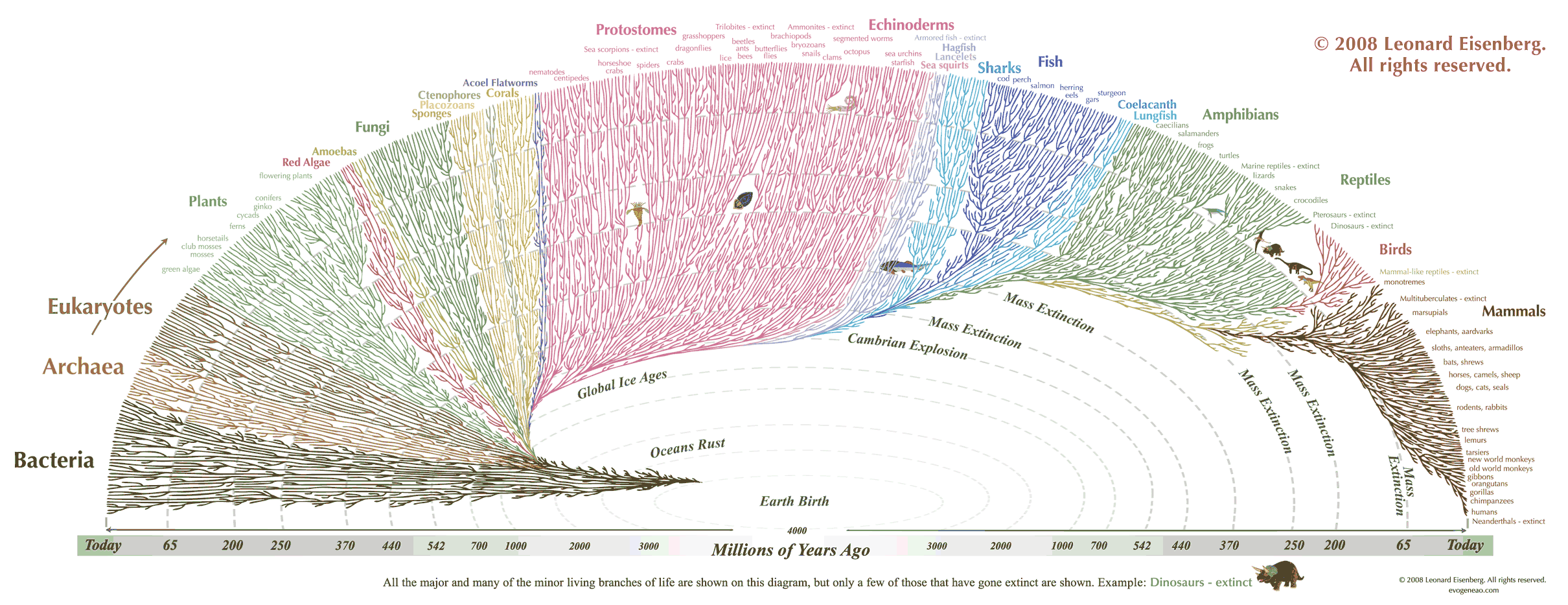
The turkey that many of us will be eating today is perhaps our 160,000,000th cousin, some 50,000,000 times removed. Our genetic histories may be remarkably different since then, but for a much greater time prior to that, our lineages were identical.
In addition, those same atoms that now make us up — that millions of years ago made up our ancestors — have been around on our planet since its birth, some 4.5 billion years ago.
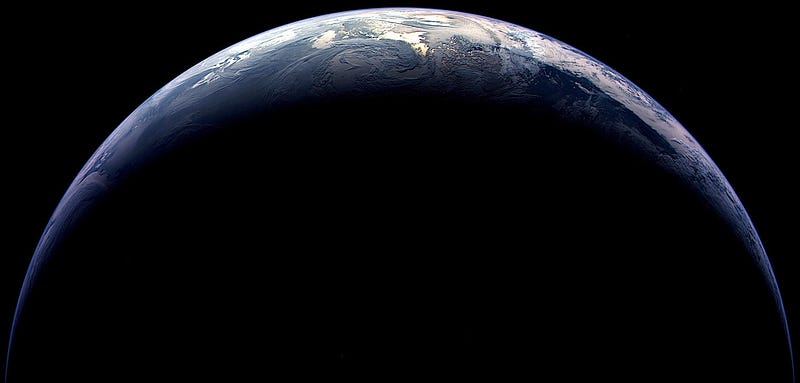
And where did those atoms come from?
Practically all of the atoms we find on Earth: Nitrogen, Oxygen, Carbon, Iron, Silicon, Sulphur, Nickel, Magnesium and Calcium — over 99% of the atoms on our planet — were once inside of a star that went through its entire life cycle, burned up all of its nuclear fuel, and died in a spectacular supernova explosion.
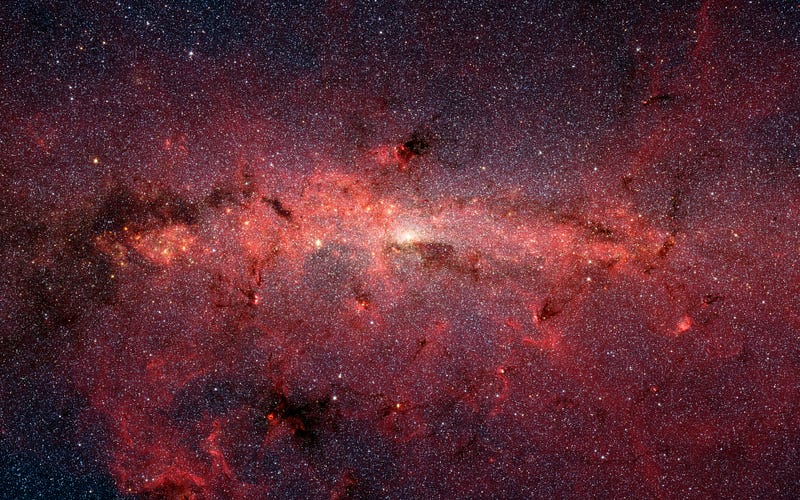
That burned-up fuel from prior generations of stars that lived and died created practically all the heavy elements — every single atom heavier than element #3, Lithium — that exists in the Universe today. Some of those elements even went through additional processing, being blasted apart by cosmic rays or having formed from the collisions of two neutron stars!
But it took multiple generations of stars, living and dying, and their fused atoms recycled into star-forming regions rich in unburned hydrogen and helium, to give rise to a star system like ours, complete with rocky planets and the ingredients for life, be formed.
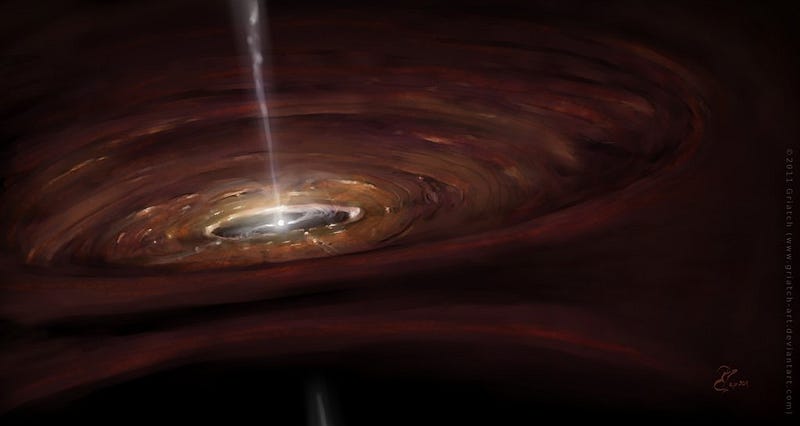
In order for those stars to exist, burn, recycle their elements, and eventually form successive generations containing planets, heavy elements, and life, it required a Universe full of massive galaxies, loaded with the light elements capable of forming stars in the first place.
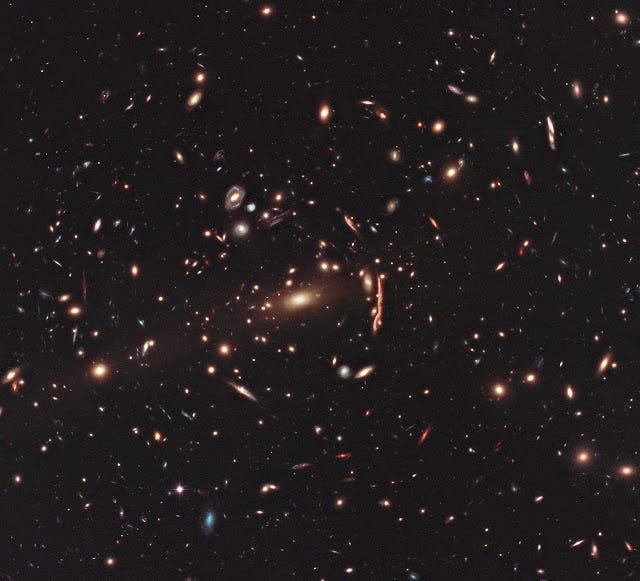
The galaxies themselves, great cosmic spirals, ellipticals, and irregular behemoths, collections of billions or even trillions of suns’ worth of matter, are the gifts of a matter-filled Universe operating under the laws of gravity, including the presence of dark matter to keep those heavy elements from escaping. Given the history of the Universe, some small fluctuations away from a perfectly uniform density, and general relativity, gravitation ensures that you’ll get a Universe filled with hundreds of billions of galaxies, each containing, on average, hundreds of billions of stars.
It took the first 9 billion years of stars forming and galaxies merging and growing to set the stage to form our Solar System and the planet that we all call home. And it took the entire Universe, complete with our expanding spacetime and the laws of physics that govern everything that exists, to do it.
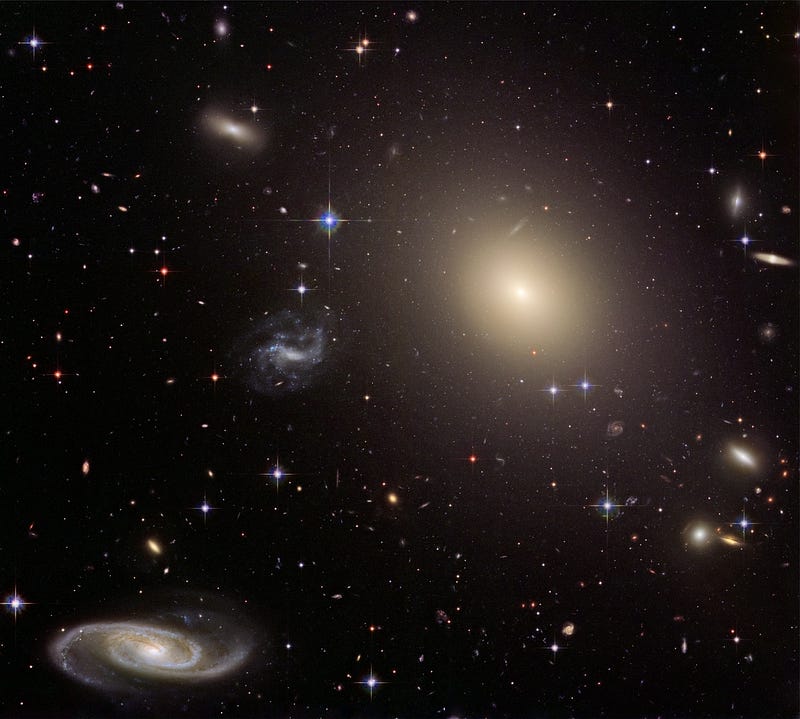
And what’s amazing is that — if you’re willing to start with expanding spacetime and the laws of physics — a Universe that looks a whole lot like ours, complete with clusters, galaxies, stars, planets, heavy elements, and, most probably, life, is inevitable. And it’s inevitable all over the Universe.
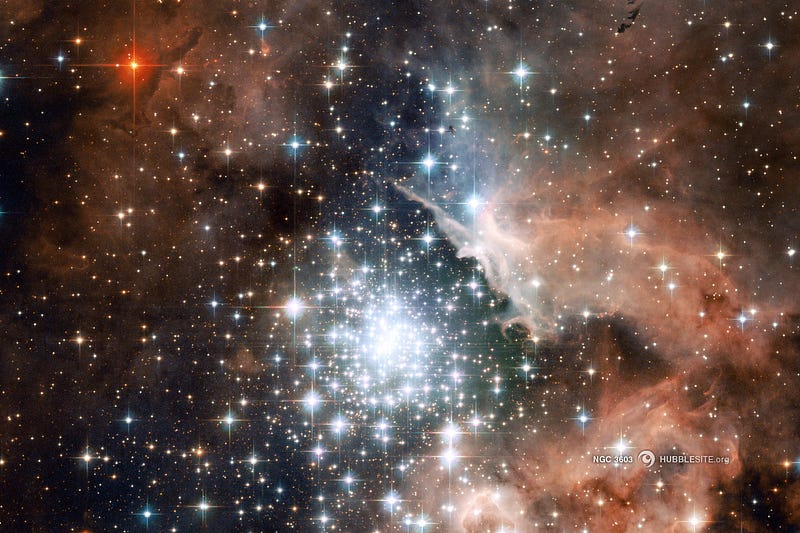
So don’t be ashamed of what you are; be thankful for all that you are!
Today (Thursday), the fourth Thursday of November, marks American Thanksgiving, an annual harvest festival and feast where we celebrate a variety of things, particularly the good things that have come to us in life. While I myself have a great number of personal things to be thankful for, including eight wonderful years with my partner, Jamie (whom I met on Thanksgiving), and nearly seven years of sharing this Universe with you here at Starts With A Bang (including almost a full year here on Medium), the story of where we come from is universal to us all, and it’s something we can all be thankful for together.
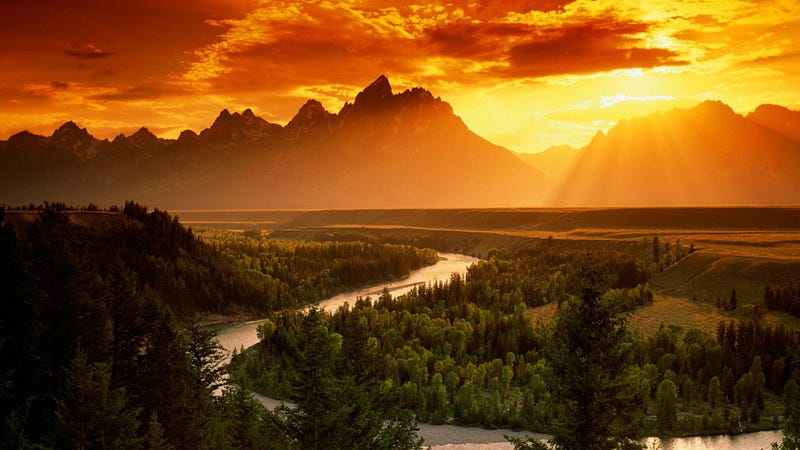
Happy Thanksgiving to each and every one of you out there — whether you celebrate it or not — and may your lives be filled with a wonderful bounty of things to be thankful for, today and all the days of the year!
Happy Thanksgiving; leave your thanks at our Starts With A Bang forum here!





